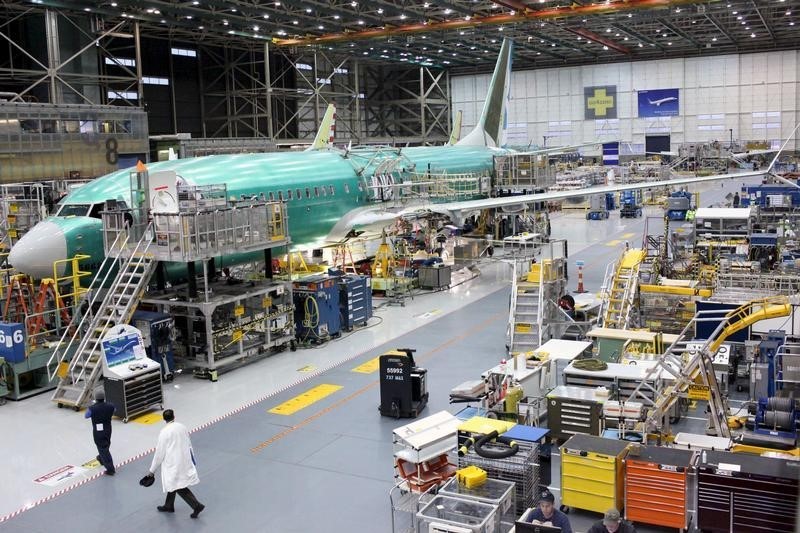Boeing CEO Faces Challenge of Uniting Workforce After Strike
Boeing CEO Kelly Ortberg is facing the challenge of addressing internal conflicts and boosting employee morale following the conclusion of a seven-week strike involving over 33,000 factory workers in the U.S. Northwest. Workers returned to their jobs after narrowly approving the company's third contract offer, which included a 38% wage increase over four years.
The strike revealed deep divisions within the company, notably among the board and machinists, between union members, and between white-collar staff and factory workers. Ortberg, who took over the helm of Boeing just three months ago, is now confronted with pressing issues such as stabilizing aircraft production, restructuring the defense and space business, and strengthening a supply chain weakened by past crises and the pandemic.
In a message to the staff on Monday, Ortberg acknowledged the need for unity and cooperation to move forward. However, the strike negotiations exposed that Boeing management had underestimated worker dissatisfaction. While wages have not kept pace with inflation over the past decade, the company has engaged in stock buybacks and distributed record-level executive bonuses.
Despite taking over a company in crisis, Ortberg's approach to the strike negotiations has drawn criticism for his absence during critical moments. His personal involvement on the last days of talks at the Labor Department's Seattle offices proved pivotal in reaching an agreement.
Nonetheless, the resulting agreement does not satisfy thousands of workers, and the company's plan to reduce its workforce by 10% has increased feelings of unrest among employees.
The resolution of the strike may also influence wage demands from other production workers and could rejuvenate unionization efforts in South Carolina. Boeing's internal challenges could delay decisions regarding the divestment of some units within its space and defense operations.
In the meantime, the company must focus on ramping up production of the 737 MAX, its main revenue driver, and should carefully avoid further disruptions that could undermine stakeholder confidence.


